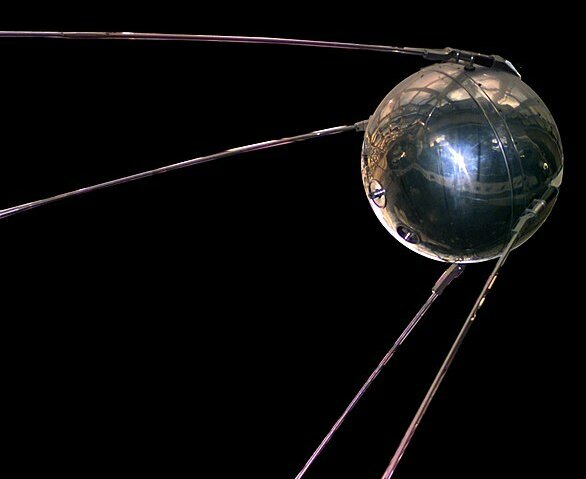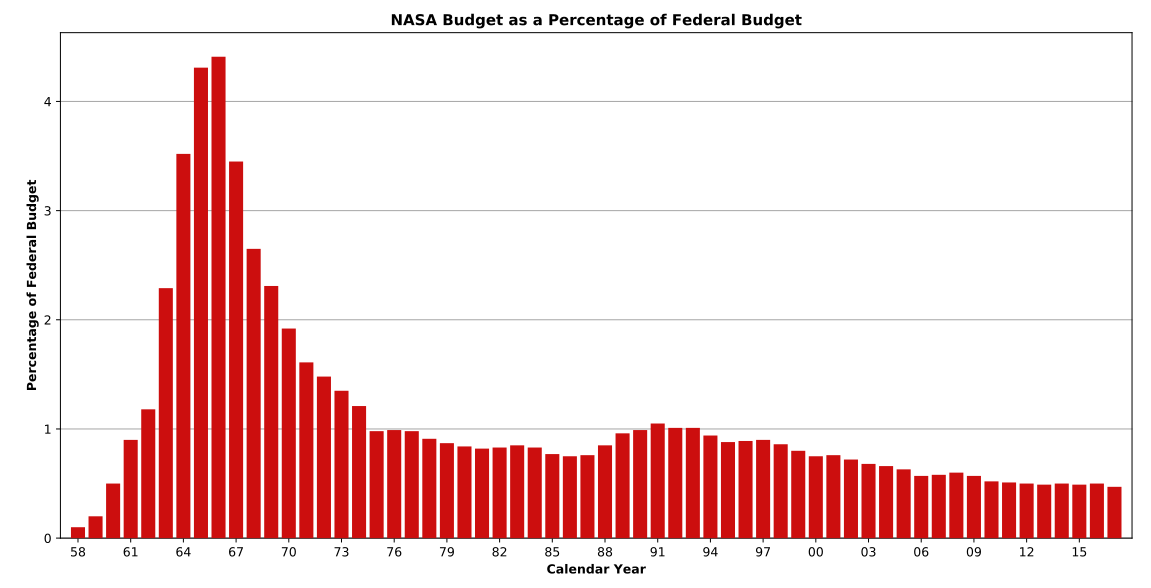Chronicling NewSpace Part 1: Emergence Of SpaceX
- Published
- Reading Time
- 4 minutes
- Contents
We have been receiving quite a few proposals over last 9-12 months. Shubham and I took on figuring what should be our thesis in NewSpace in India. While we are figuring our way out, we spent substantial time figuring the evolution of NewSpace in the US. This partly satisfied our curiosity about the key players in that market, also helped us understand the key Political, Social, Technological and Economic trends that led to the development of this brave new world of space entrepreneurs at the turn of this millennium.
This is a series of five articles – chronicling the evolution of NewSpace on a global level, with the specific case of the US (this market was chosen because of the easy availability of news archives and that it has some of the best known global names involved) and touching on some of the biggest successes and failures in the space (with arguments around ‘why now?’). This analysis is on events spanning roughly 20 years, starting 2000, superimposed on the context of events starting all the way back in 1957.
Defining ‘NewSpace’
The first obvious question is – how is ‘NewSpace’ different from ‘OldSpace’? Within this question are several things: Why do some space startups succeed astronomically while others fail to even gather the proverbial escape velocity? Is there a pattern behind the emergence of so many companies in a span of 10-12 years – SpaceX, Blue Origin, Virgin Galactic, OneWeb, Kuiper, Starlink, Teledesic, Iridium and so on? Also, when and how did all of this start? For us to understand this, we’d have to trace the history going back to the beginning of the Cold War.
The big watershed moment in the history of space was the launch of Sputnik 1 in 1957 by the Soviet Union. This was the beginning of the Space Age and got fuelled by intense cold war rivalry between the US and USSR. The Soviets clearly had the early lead. Eventually, the US won the Moon Race by landing Neil Armstrong and Buzz Aldrin on Moon in 1969. The cold war was getting hotter by the day. It was the historic handshake of astronaut Thomas P. Stafford & cosmonaut Aleksei A. Leonov during ASTP in 1975 that started to ease the tensions in that era of extreme hostilities.
Unknown to many people, Russian rockets Soyuz and Proton were frequently used by the US in key launches, for example the Hubble Telescope and ISS. And these rockets are still around and are significant to the global space economy. In many ways, coming together of USSR and the US was a pivotal moment in shaping the OldSpace.
The OldSpace era started with a primary focus on exploring space as a key input into expanding mankind’s frontiers of knowledge. In between there were attempts to land on nearby bodies like the moon and asteroids while several spacecrafts flew past many others including Pluto. The key pattern was that this was almost entirely funded by the government agencies like NASA and ISRO. Contractors like Lockheed Martin, Boeing and Raytheon in turn built capabilities of building a whole range of hardware, from launch vehicles to satellites and components of ISS. But they rarely attempted to fund it themselves or via commercial customers.
NewSpace, on the other hand, marks the emergence of a set of ventures focused on commercial exploitation of space, funded by private money. This obviously required a maniacal focus on costs and improving predictability of launches. Hence, this era didn’t emerge till a set of key technologies were invented that could dramatically reduce the cost of launches and the cost of making a satellite.
The early days of NewSpace saw the entry of entrepreneurs like Elon Musk in the industry. Jeff Bezos founded Blue Origin in 2000, Sir Richard Branson founded Virgin Galactic in 2004. When SpaceX was founded in mid-2002 in a warehouse in El Segundo, California, Musk stated the goal of the company was to ‘reducing the space transportation costs and enable colonizing of Mars’. He unveiled his first in Falcon series, Falcon 1 rocket at National Air and Space Museum at Washington on December 8, 2003. Musk, so far an unknown entity in the world of space, brought the ideas of Silicon Valley to this industry and this marked the beginning of NewSpace.
Enabling factors for NewSpace
Space shuttle Columbia’s crash (Feb 2003) was the second fatal disintegration upon atmospheric entry after the disaster of the space shuttle Challenger (Jan 1986), both claiming the lives of all 7 crew members. The public pressure to make space safer was rising. This led to decline of NASA’s budget as a proportion of US Federal Budget. That private sector can make space more affordable was then considered as the logical path forward. This all perfectly aligned with the goal Elon Musk had in mind for SpaceX. It is interesting to note that the first (and so far, most) of the revenue SpaceX has generated is via providing launch vehicles to NASA and for ISS.
NASA budget as a percentage of US Federal Budget. Source: Wikipedia
The genius of Musk is seen in three things. First, he was able to identify that it is possible to reduce cost of launch via making everything in-house using economies of scale. This could hugely reduce the cost of making a rocket. Second, he correctly bet on the fact that the industry and policy is going to shift towards cost-efficient space transport. Third, he kept backing himself up even when he faced initial failures. Rarely you’d see any person/organization try a fourth time after first three launches (Falcon 1) failed. This made all the difference.
In the following parts of this series, we will see that this sequence of events followed by a few others eventually lead to deregulation and privatisation of space in the US. Many space policies and programs favouring private and commercial space would be announced in the following years while certain old missions will die out.





